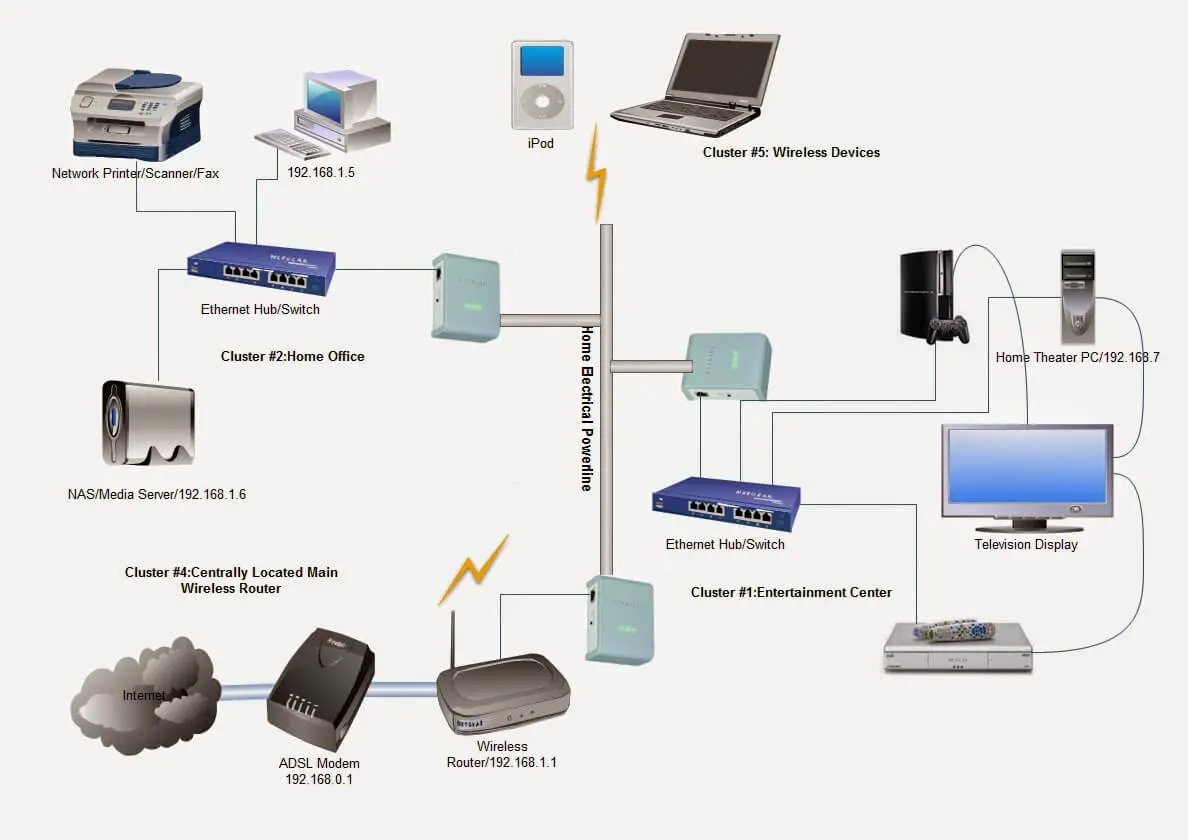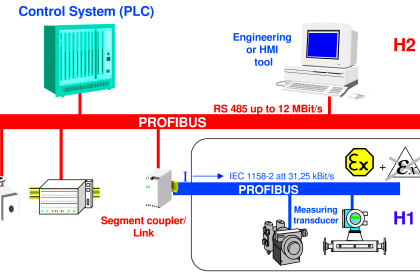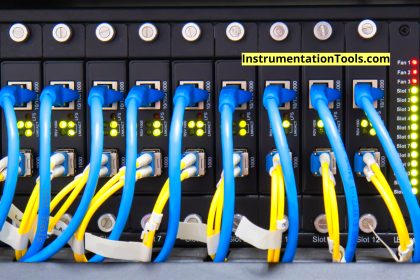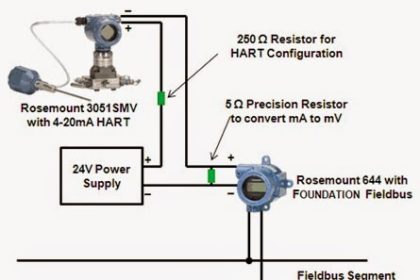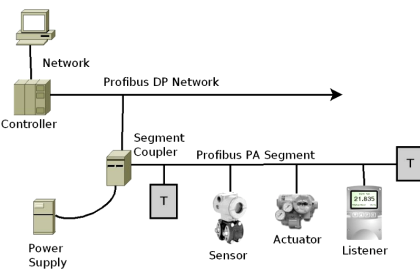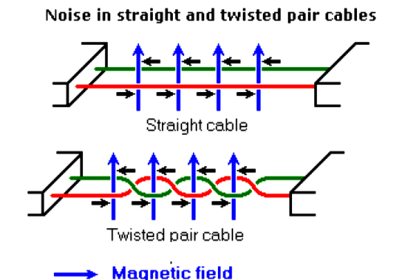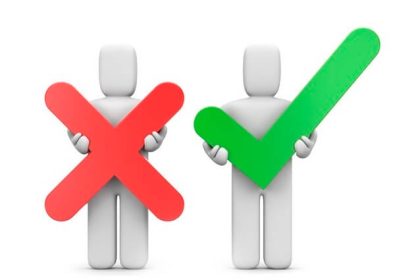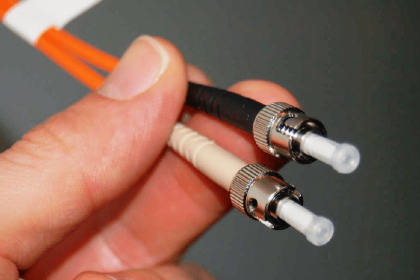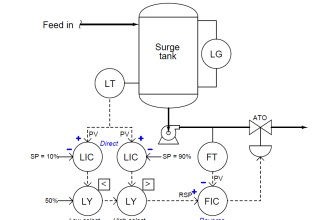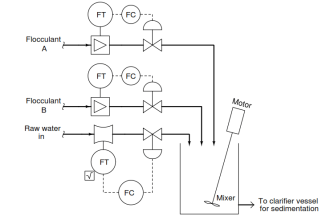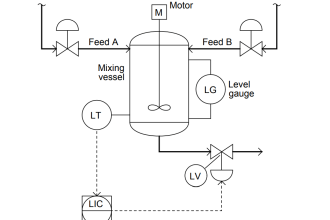What is a Network ?
A network consists of two or more computers that are linked in order to share resources (such as Internet, Data, printers and CD-ROMs), exchange files, or allow electronic communications. The computers on a network may be linked through cables, telephone lines, radio waves, satellites, or infrared light beams.
The three basic types of networks include:
- Local Area Network (LAN)
- Metropolitan Area Network (MAN)
- Wide Area Network (WAN)
Local Area Network
A Local Area Network (LAN) is a network that is confined to a relatively small area. It is generally limited to a geographic area such as a writing lab, school, or building. Rarely are LAN computers more than a mile apart.
In a typical LAN configuration, one computer is designated as the file server. It stores all of the software that controls the network, as well as the software that can be shared by the computers attached to the network. Computers connected to the file server are called workstations. The workstations can be less powerful than the file server, and they may have additional software on their hard drives. On most LANs, cables are used to connect the network interface cards in each computer.
Metropolitan Area Network
A Metropolitan Area Network (MAN) covers larger geographic areas, such as cities or school districts. By interconnecting smaller networks within a large geographic area, information is easily disseminated throughout the network. Local libraries and government agencies often use a MAN to connect to citizens and private industries.
Wide Area Network
Wide Area Networks (WANs) connect larger geographic areas. Dedicated transoceanic cabling or satellite uplinks may be used to connect this type of network.
Using a WAN, can communicate with places in the world within a matter of minutes, without paying enormous phone bills. A WAN is complicated. It uses multiplexers to connect local and metropolitan networks to global communications networks like the Internet. To users, however, a WAN will not appear to be much different than a LAN or a MAN.
